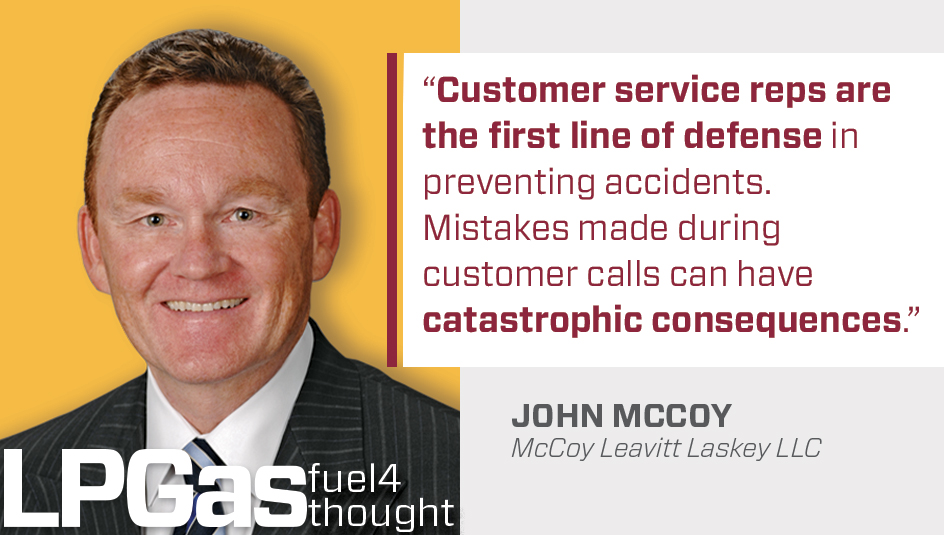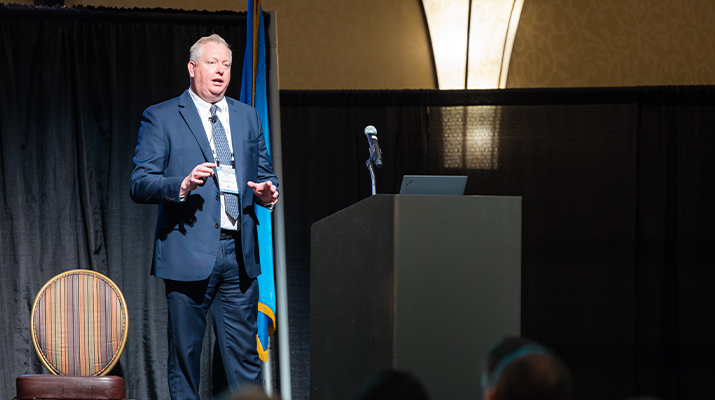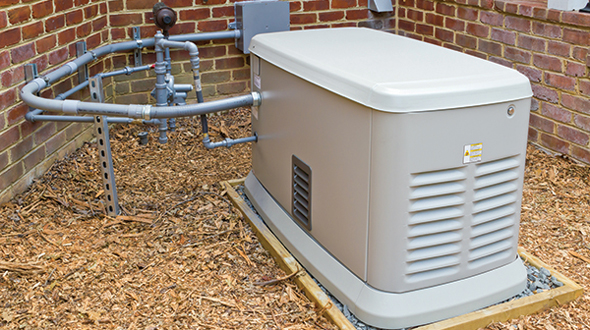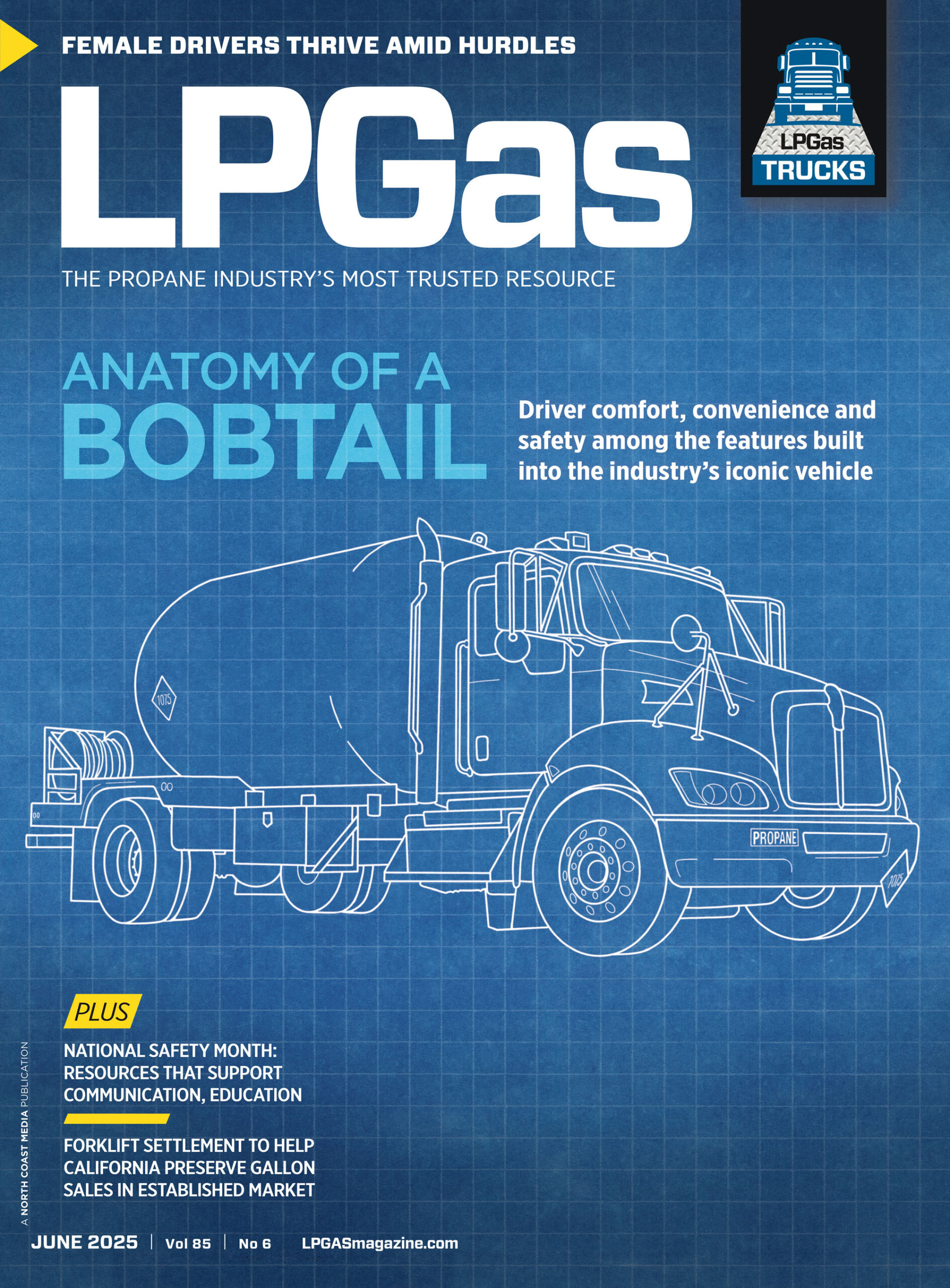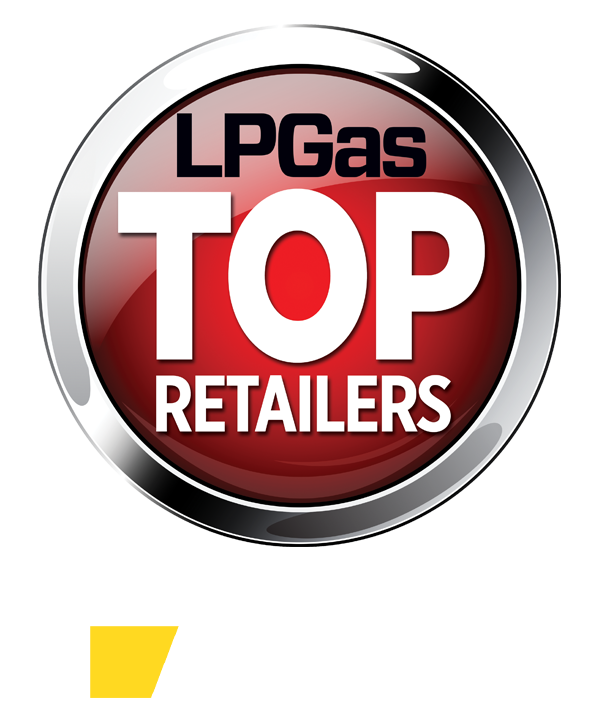The 3 biggest lawsuit risks for propane marketers
Risks are everywhere for propane marketers.
Sometimes it can seem like it’s impossible to defend against every peril. And yet, it would be foolish to put defensive measures on the back burner. Lawsuits, after all, can cause substantial damage to any propane operation.
“A multi-party, complicated case can involve defense costs that range into hundreds of thousands of dollars,” notes John V. McCoy, managing partner at McCoy Leavitt Laskey LLC. “While insurance can cover defense and indemnity costs, those payouts can affect future premiums dramatically, and may even lead to the closing of a business. I have a client whose premiums went up over a thousand percent. Potentially, too, insurance companies will cancel policies or decline to renew.”
Given the potential for costly damages, it’s natural to ask: Which dangers are the greatest? Which should attract the greatest attention?
To find the answer, we asked participants in the Propane Safety Summit, sponsored by McCoy Leavitt Laskey LLC, held last September in Kansas City, Missouri.
Here’s what they had to say.
Peril 1: Mistakes handling customer calls
What happens, exactly, when a customer calls in to report smelling gas or an out-of-gas situation? Too often, the response does not conform to best practices.
“Customer service reps are the first line of defense in preventing accidents,” says McCoy. “Mistakes made during customer calls can have catastrophic consequences.”
Obviating such errors takes planning and execution, and those are top-down matters. Upper management needs to ensure that frontline people operate in a professional and informed manner.
“Many people tend to think that field employees are the only ones who need to worry about safety,” says Paula Laney-Pilant, director of field training and continuous improvement at EDP. “They don’t realize that CSRs also need training that goes beyond just knowing how to answer the phone or set up an account. They need to know how to respond when a customer calls, saying they smell gas.”
Training for CSRs is part of the safety culture at EDP.
“We provide initial training and continually reinforce these concepts,” says Laney-Pilant. “We rehearse proper CSR response regularly, taking them through various scenarios customers might throw at them to make sure they follow our policies and procedures. We keep specific documentation of odor calls, out of gases and service interruptions and audit these frequently.”
CSRs should also be trained on how to maximize the benefits of new software and technology like tank monitoring systems.
“If you have all these tools and resources, but you don’t know how to utilize them, then you’re wasting an opportunity to exceed customer expectations and reduce the likelihood of service interruptions,” says Laney-Pilant.
Training CSRs can be more of a challenge for smaller marketers, whose staff numbers are low and turnover is often high.
“I think everyone is hurting for good help,” says Laney-Pilant. “CSR jobs are not as hard to fill as drivers, but it still takes an effort to retain them. We train everyone with the intention they will stay on our team many years – you cannot afford to do anything less. Proper training, assessing and coaching your team about safety leads to a more confident employee and actually helps to limit turnover.”
Help is available for education initiatives.
“We encourage marketers to use the customer service training materials in our online Learning Center,” says Eric Kuster, senior vice president of safety, education and compliance at the Propane Education & Research Council (PERC). “They address the key issues CSRs need to know, and some of the programs even reenact actual emergency calls so CSRs get a feel for what to do.”
Peril 2: Faulty out-of-gas procedures
Out-of-gas reports can indicate highly dangerous situations. They must be handled with care.
“Out of gas and interruption of service calls account for 20 percent of claims but 80 percent of the indemnity dollars, which is the money spent to settle cases,” says McCoy. “If marketers were to train just one thing, how to prevent mistakes in such calls would be the area to cover. That’s where the losses are.”
There are many variables that come into play regarding out-of-gas situations. A company needs a solid policy in place so everyone in the company knows what to do. Whoever goes out to a location for an out of gas or gas odor call should either secure the system properly so that it’s not used or perform the required leak check and make any necessary repairs before putting the system back into service.
Leak checks are critical safety measures and valuable defenses in the event of lawsuits.
“One of the biggest issues we have seen is a driver not doing a leak check during an out of gas delivery or interruption of service,” says Todd Buechler, assistant vice president of risk engineering at Crum & Forster. “If there is any doubt the system is out of gas or interrupted, a leak check must be performed. Many service technicians and drivers over the years have told me they sleep better at night knowing the propane system is leak free.”
Best practices call for going inside the building to determine if the propane appliances can operate rather than relying on gauges to ensure adequate pressure.
“Tank gauges are known to not be completely accurate,” says McCoy. “Often, drivers will see a reading of 1 percent and not do a leak check. But the safe practice is to not let a tank get below 20 percent, and to always do a leak check if the level is 5 percent or less.”
Some companies have monitors on tanks that notify them on a periodic basis if a tank level gets below 20 percent, he adds.
Marketers may want to be especially careful with new customers who have just switched from another company.
“If the customer’s old tank is taken away, that is an interruption of service,” says McCoy. “The code only calls for a leak check, but many prudent companies will also go in and light appliances and make sure there are manual shut-off valves and things of that nature.”
Buechler notes that whatever a company can do to reduce or eliminate out of gas calls should be done.
“More companies are installing tank monitors to reduce the incidence of customers from running out of gas,” he says.
This advice is taken to heart at EDP, where leak checks are part and parcel of the training program.
“If the customer has reported smelling gas, there’s no reason why a technician should come back without doing a leak check,” says Laney-Pilant.
Peril 3: Incomplete documentation
Your team did the right thing. Now prove it.
When push comes to shove in the courtroom, thorough documentation can protect a marketer from costly financial penalties.
It all starts with the initial customer call.
“CSRs need to make a record of exactly what transpired during a call,” says McCoy. If state law allows, voice recording the conversations can be helpful. Even written documents, though, are valuable. “While disputes often arise about what was said, the law generally supports written reports, as long as they are done in real time when the conversation occurs.”
The steps taken during field work must also be recorded.
“Too often, documentation is not filled out correctly, is missing information or is inaccurate,” says Buechler. “Train all employees to fill out forms in a uniform manner. Inspect documentation before it is filed. Ensure the paperwork describes the scope of the work, why the driver is at the location and whether the customer is out of gas.”
Many times, drivers will converse with customers but fail to document what is said, adds Buechler.
“We only find out the details later when we interview the driver after an accident,” he says. “I’m not saying you should write a book, but you need to think about whether each item of information is worthy of documentation.”
Document anything that is seen that can affect a case, adds Buechler.
“Maybe the furnace door was off, and there were wrenches and bolts lying around, which would indicate someone had been working on the furnace,” he says. “Or the water heater had just been replaced. Or someone had hit the gas line, and the customer had done a repair. Nobody can remember everything. Bear in mind that an incident can happen a year down the road, when possibly the technician is no longer employed by the company.”
Modern technology is the propane marketer’s friend, and a picture is worth a thousand words. Drivers and technicians should use their smartphones to snap photos of any of the above conditions.
“Take photographs if you red tag an appliance or lock the dome or put a POL lock on a regulator,” advises McCoy. “If someone were to remove those things and you lack photo documentation, it can become a matter of dispute.”
Photos of your work can also help if you are installing corrugated stainless steel tubing and doing bonding and grounding, adds McCoy.
“Years later, if there is an explosion, photos from when you did the work can be a big help if they show that the appliance was changed or the gas lines were moved or replaced,” he says. “That can be very, very helpful.”
Additional risks to consider
The accompanying article highlights the most common risks for propane marketers. Insurance experts also highlighted these additional perils that can spark costly lawsuits.
⦁ Inadequate carbon monoxide training
“Good communication can reduce the incidence of carbon monoxide lawsuits,” Buechler says. “Explain the risk to customers, describe the symptoms of carbon monoxide poisoning and inform them of the proper safety procedures if they experience symptoms of poisoning. PERC has an excellent carbon monoxide safety brochure propane marketers can provide to customers. Provide one to the customer and document that you provided it.”
⦁ Outdated regulator procedures
“Marketers need to keep up to date with regulator manufacturers’ recommendations for service life, and communicate them to their customers,” says Buechler. “While the service life requirement for most regulators today is around 25 years, many marketers will state in their literature or on their websites that they replace them every 15 years. But we often find they do not follow that policy, and that puts their companies at risk.”
Buechler also says that many marketers are either not performing correct procedures when doing flow and lockup tests on regulators or are not documenting those procedures correctly.
⦁ Ignoring code violations
Does a code seem unrealistic or outdated? No matter. It must be followed. “A code violation, or not following a manufacturer’s recommendation, may not actually cause an accident, but it can allow opposing counsel to claim the marketer is not paying attention to safety issues,” cautions McCoy.
⦁ Sloppy cylinder dispensing practices
“Marketers should have agreements with leased operators to spell out the responsibilities of both parties,” says Buechler. “And one of those provisions is that whoever inspects and fills cylinders has the proper training.” Proper insurance should also be in place.
⦁ Incomplete training of new employees
“New employees who are doing service work or delivery tend to have a higher instance of accidents,” says McCoy. “There’s a strong return on investment if new service people and delivery drivers are shadowed for about six months because it’s during that time that there is a higher rate of accidents. Spending more time with them on service calls and deliveries early on can reduce risk.”









